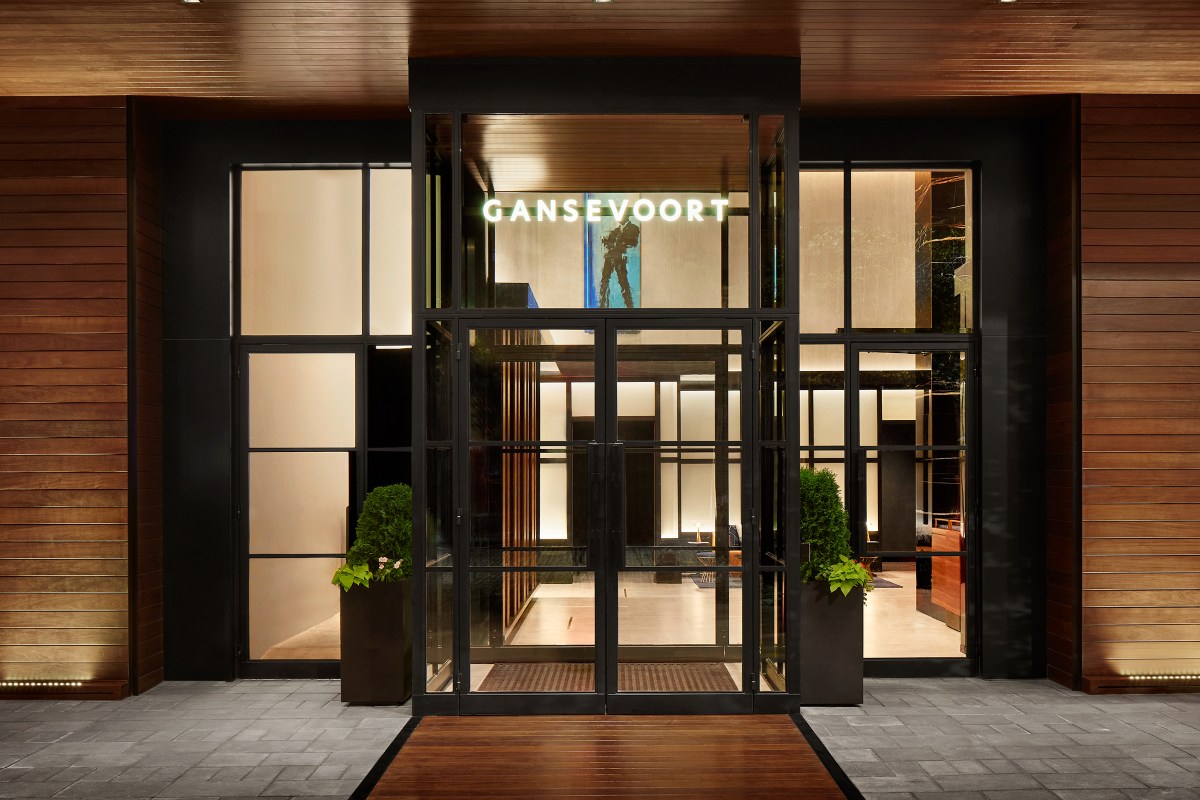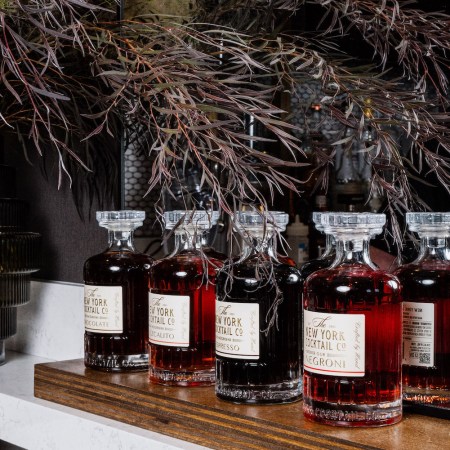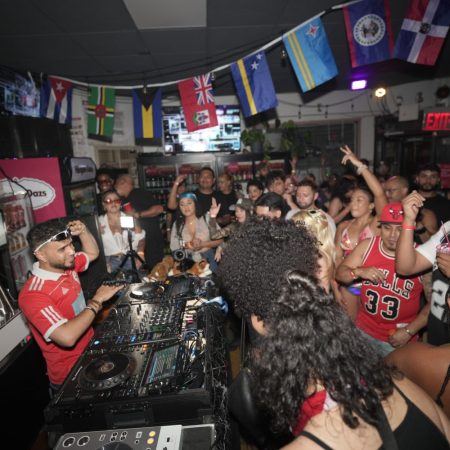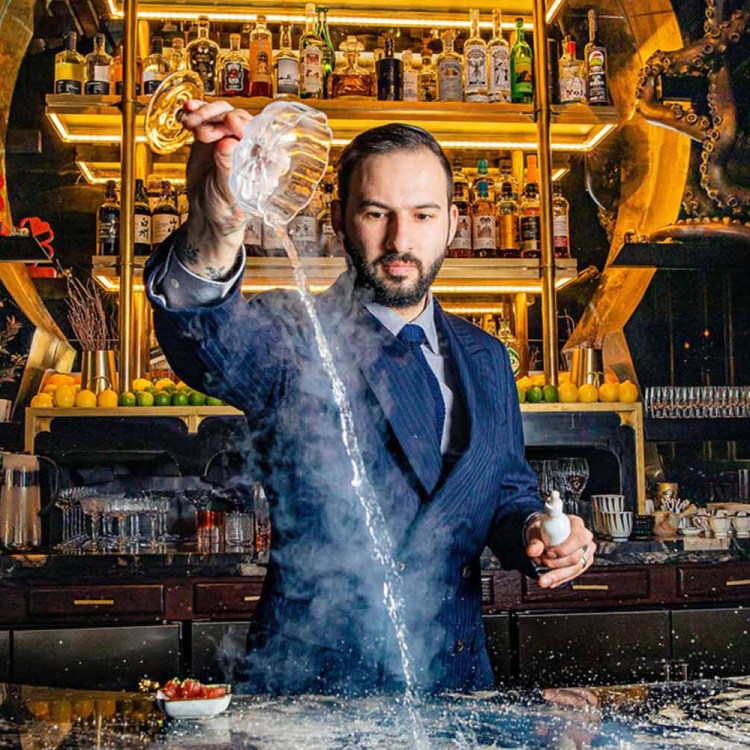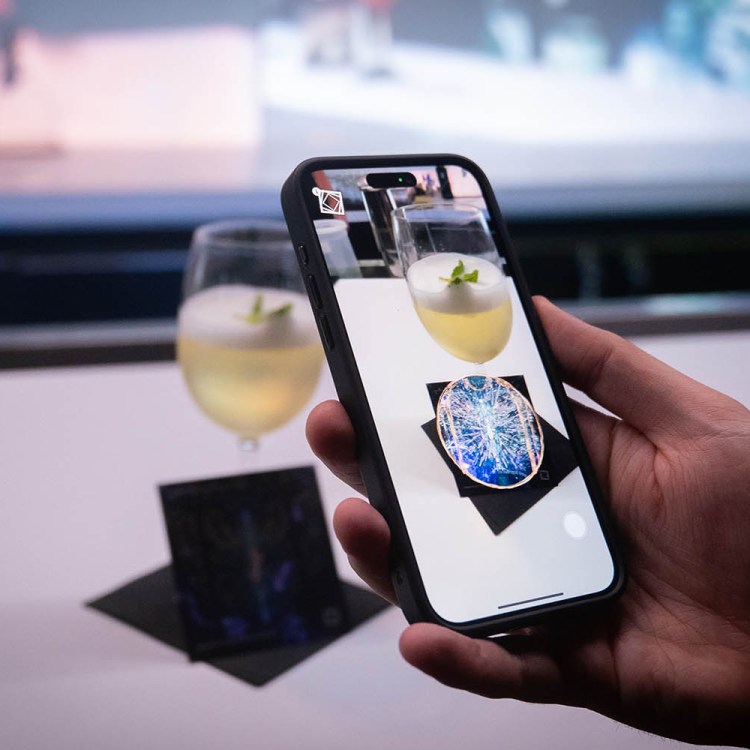The Meatpacking District as we know it today — packed with flashy attractions and a hub for designer fashion and big tech — is a far cry from what it once was. Spread over 20 square blocks between Chelsea and the West Village, Meatpacking has undergone seismic changes since its days as a competitive daily market for local butchers.
In the 1800s it acted as an industrial center for slaughtering, packing and selling meat, which gained the area its enduring moniker. An article in the December 1888 issue of Harper’s Weekly noted that between 1,200 and 1,400 wagons in spring and summer “pack the square and overflow on the east as far as Eighth Avenue, on the north to 14th Street on 9th Avenue, and to 23rd Street on 10th Avenue, on the Gansevoort Market nights.”
The Gansevoort Market, which was eventually turned into a city-wide meat distribution center by 1950, is now the site of the Whitney Museum. The renowned center for contemporary art is just one example of what the neighborhood has to offer now, and how far it’s come over the past two centuries. Though most of the meatpacking plants of yesteryear became obsolete thanks to the introduction of the supermarket, the Whitney Museum actually worked with the city to extend the lease for the few remaining meat wholesalers in the area until 2031. The museum is also currently partnered with another legendary catalyst of change in Meatpacking: the Gansevoort Hotel.
As local industries experienced rapid closures towards the end of the 20th century, the neighborhood gained a seedy reputation for prostitution, drugs, crime and BDSM sex clubs. At the time, Gansevoort owner and founder Michael Achenbaum was attending NYU Business School, and Meatpacking was beginning to see the first seedlings of a mainstream nightlife scene. Bars like the infamous Lotus opened on the corner of 14th Street and 9th Avenue, promising New Yorkers a judgment-free zone for raucous nights out.
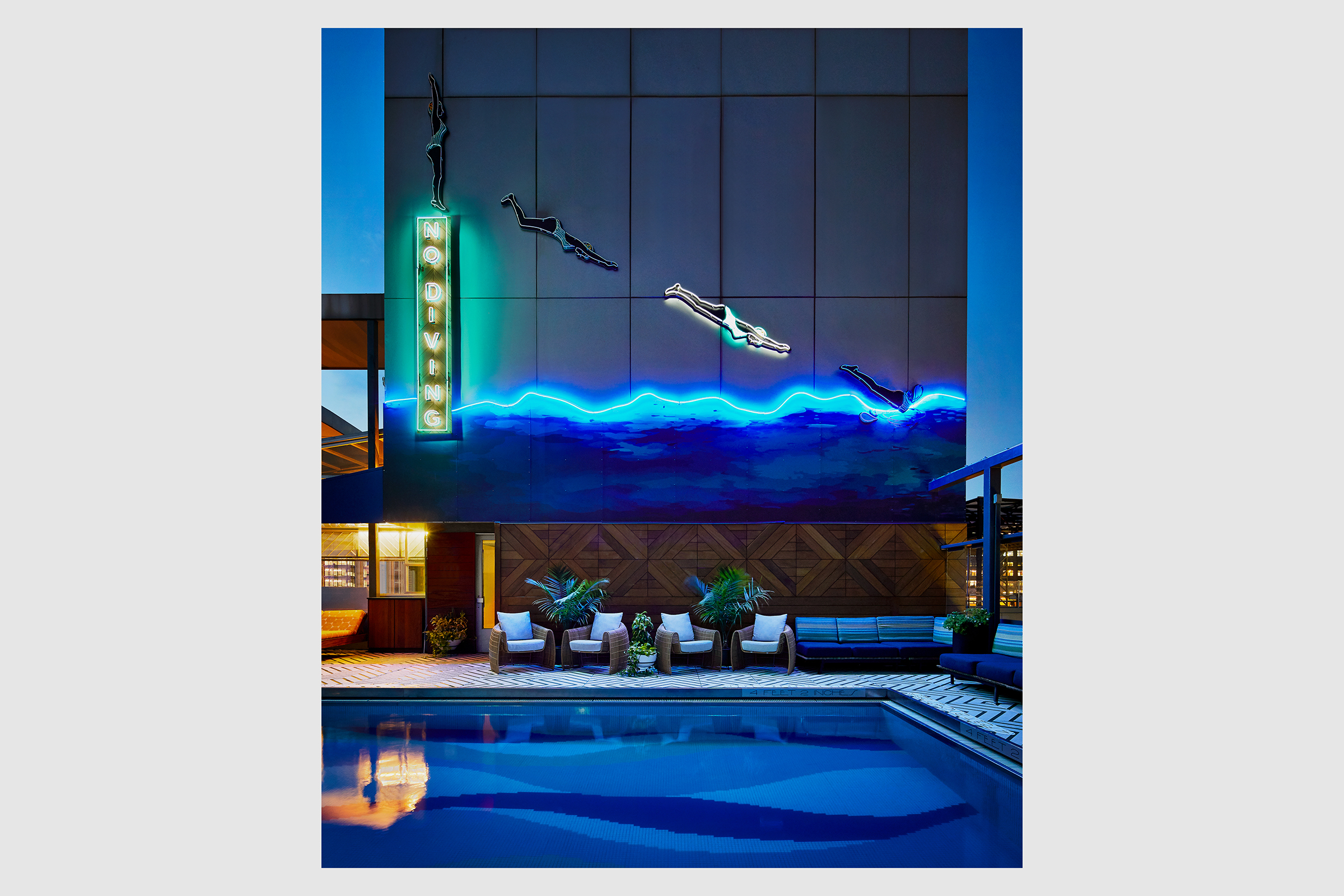
When Achenbaum’s Gansevoort Hotel moved onto the scene in 2004, Meatpacking was still “sketchy,” though, with water collecting in the cobblestones and capturing the scent of the sewer and debauchery, but there were key signs that the tides were about to shift. Achenbaum tells us that he wasn’t aware the neighborhood was getting historical landmark status the year they closed a deal on the space, but saw it as positive in the long run, since Meatpacking wouldn’t be losing its signature charms. Over time, the area continued to develop. Nearby institutions like Chelsea Market and the brand new High Line, as well as a growing number of designer flagships, attracted tourists and NYC residents alike.
“By 2007, The New York Post ran a story that our address was the number-one [taxi] dropoff point in New York City, other than Grand Central Station or the airport,” Achenbaum tells InsideHook. “It was because people were using us as a landmark. Even if they weren’t going to the roof or hotel, maybe they were going to Pastis or a nearby apartment, they were using the Gansevoort as the place to take cabs to and then would just walk, and so it really was just a grouping of factors that came together to create the perfect timing for us to open during the spring of 2004.”
In this flurry of change, some of the neighborhood’s original institutions failed to pivot and ultimately became overtaken by what were considered the newest and hottest venues. Many of them shuttered, but still standing is the Gansevoort, now reopened after a multimillion-dollar renovation and brand reinvention. Save for the building’s facade, the hotel will be unrecognizable to anyone who hasn’t stepped foot inside in the past decade. All 186 guest rooms have been upgraded, including its duplex Poliform Penthouse — the first U.S. hotel suite to be fully designed by Italian designer Poliform.
The now sleek, modern rooms are a business traveler’s dream, with enviable views of the city and Mirror interactive workout devices that make it easy to get in an early morning sweat without having to drag yourself down to a hotel gym. Of course, there’s one of those available too, if that’s more your thing. Besides the rooms, the lobby has undergone a complete transformation from old New York to a modern art haven. It’s no wonder the hotel has partnered with The Whitney Museum of American Art, only a short walk away, on an impressive art program that includes recognizable pieces such as Banksy’s “Flying Copper” and “Standing Shadow – Blue” by Richard Hambleton.
Also inside the lobby is the hotel’s new Coffee and Cocktails concept, another win for business travelers seeking an accessible but attractive spot for an impromptu meeting and a strong morning espresso (or espresso martini at 5 p.m.).
Achenbaum tells us that much like the neighborhood it has called home for nearly 20 years, the Gansevoort will continue to evolve, too. In the coming year, the hotel plans to open even more unique features for New Yorkers and hotel guests to take advantage of, like a bowling alley and karaoke bar in the basement level.
“We’re doubling down on the Meatpacking District,” says Achenbaum. “With its wide streets, culinary offerings and cultural and experiential venues such as the Whitney Museum of American Art, the Highline and the recently unveiled ‘Little Island’ from Barry Diller and Diane von Furstenberg, we know that this neighborhood will bounce back first. Over the years, our audience has grown and matured and so has our hotel. This is Gansevoort Meatpacking, all grown up.”
This article was featured in the InsideHook NY newsletter. Sign up now for more from all five boroughs.
